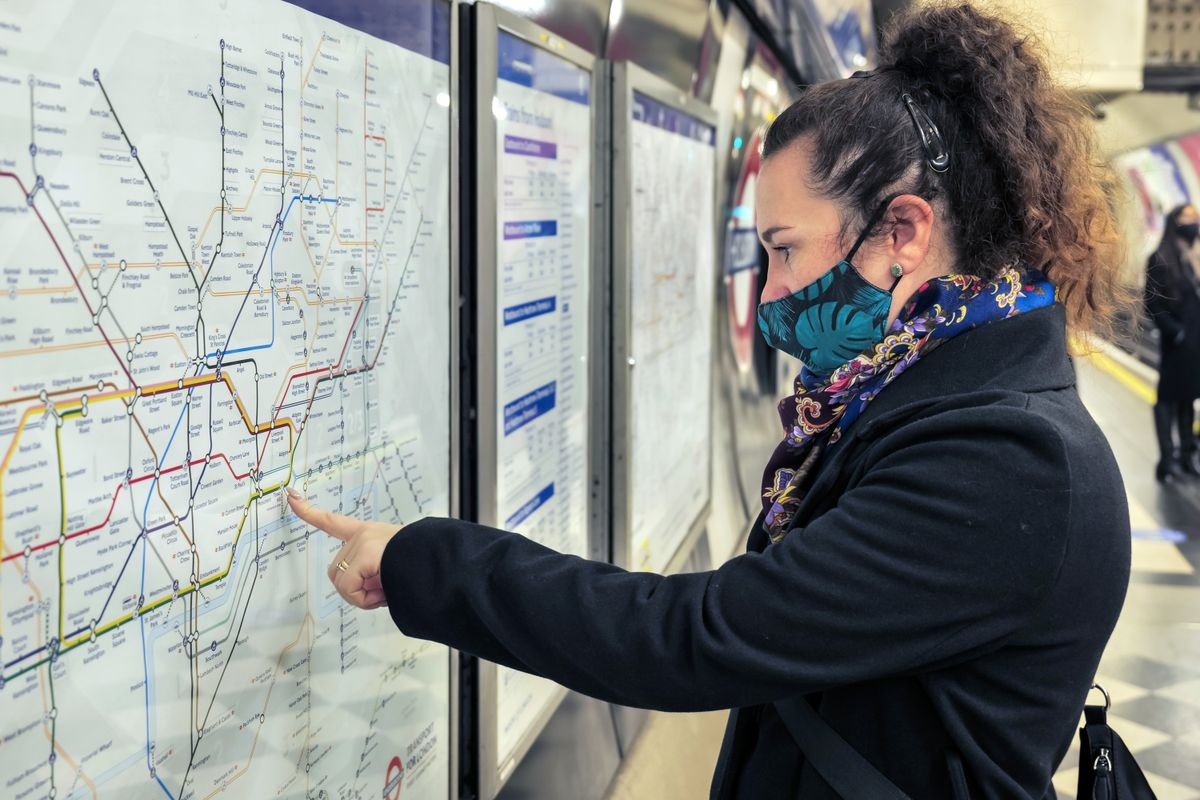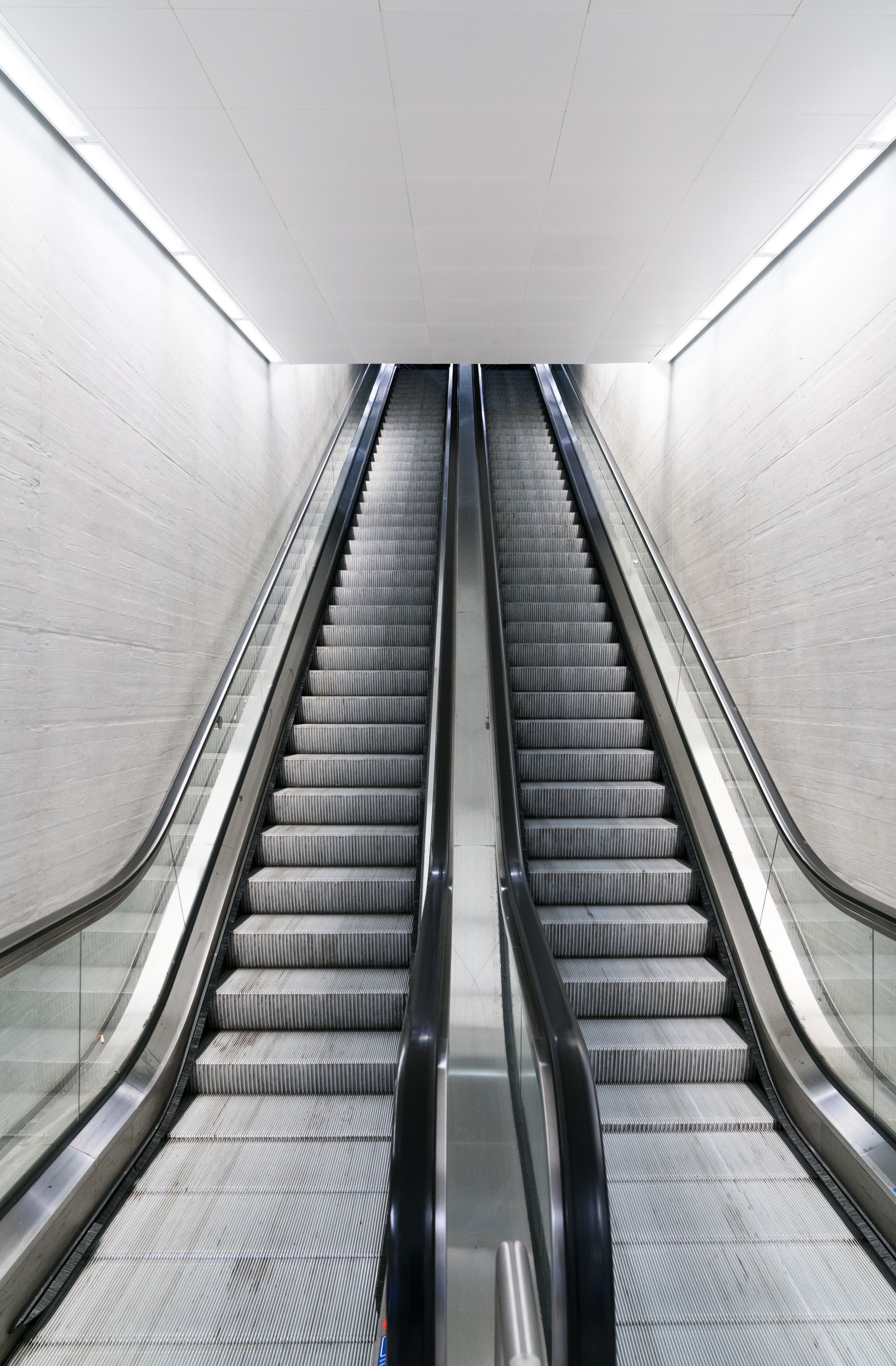Using the London Underground with Confidence

Welcome to the bustling and efficient transport system of London - the iconic London Underground! Navigating this vast network of tunnels and trains may seem daunting at first, but fear not, as we've got you covered with some handy tips on the basics. The aim is to help you settle in and help you master the art of using the London Underground like a pro.
Understanding the London Underground Map
Before embarking on your journey, familiarize yourself with the London Underground map. This map is a visual representation of the entire network, featuring the various lines, stations, and connections. You can access the official London Underground map on the Transport for London (TfL) website (https://tfl.gov.uk/maps/track/tube).
Purchasing an Oyster Card
To smoothly navigate the London Underground, we recommend getting an Oyster Card, a smart card that allows you to pay for your travel conveniently. You can load credit onto the card and touch in and out at the ticket barriers to access trains and buses. Apply for an Oyster Card through the official TfL website (https://oyster.tfl.gov.uk/oyster/link/0003.do). It's worth noting that new Oyster Cards can be used digitally from your mobile wallet.
Planning Your Journey
Before setting off, plan your journey using TfL's journey planner (https://tfl.gov.uk/plan-a-journey/). Simply input your starting station and destination, and the planner will provide you with the best routes, travel times, and any service disruptions. This ensures a stress-free commute across the city. Google maps or Citymapper are great apps to show you where you need to go for your final destination.

Peak and Off-Peak Travel
Be mindful of peak and off-peak travel times. Peak hours generally occur during weekday mornings and evenings when the trains are busier. To save on fares, consider traveling during off-peak times, typically outside of rush hours.
The Courtesy and Etiquette
The London Underground is a busy place, and courtesy goes a long way in making your journey enjoyable. Stand on the right side of escalators (leave the left clear, as people will expect to pass you) and offer seats to those who need them. Generally people also refrain from eating or playing loud music.

Exploring Interchanges
Some stations have interchanges with multiple lines, making it easy to change trains. Take advantage of these interchanges to connect to different parts of the city seamlessly.
Accessibility
If you require accessibility assistance, the majority of London Underground stations have step-free access, lifts, and accessible facilities. Refer to TfL's accessibility information for a comprehensive guide.
In short, The London Underground is an integral part of London's identity, offering a fast and efficient way to explore the city. With this guide in hand, you're well-prepared to navigate the underground maze with ease, saving time and energy for the exciting experiences that await you in this vibrant city.
Subscribe to receive more helpful UK insights!
The aim of the blog is to support anyone planning on (or is already) living in the UK. If you would like regular tips and insights on UK life, make sure you subscribe and stay updated. I will soon be releasing a comprehensive UK life guide covering all the major topics a newcomer needs to set up a successful life here!



